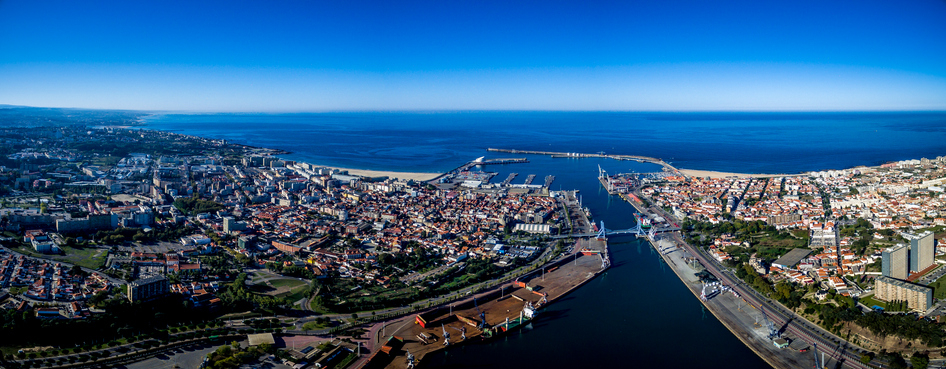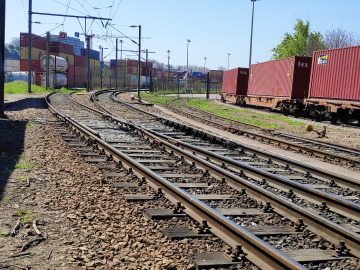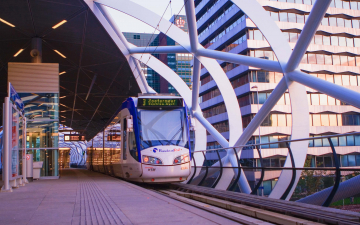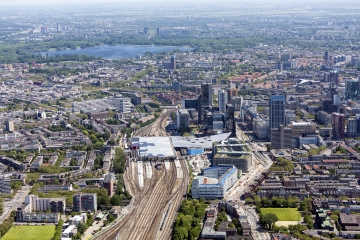The Port of Leixões is the second largest maritime terminal in Portugal in terms of cargo handling and is currently operating at the limit of its capacity in the container segment. There is an option of increasing its capacity in the near future by creating new logistics centres close to the port area and upgrading access by rail.
The project to boost the railway capacity of the Port of Leixões by upgrading the Leixões railway line and the subsequent connection with the Aveiro-Vilar Formoso Corridor through the Northern Line has been developed to support this growth. The works aim to refurbish the existing railway infrastructure in the current Port of Leixões terminal, to build a new intermodal logistics terminal in Guifões, and to reform the stations to include 750-metre sidings that will enable these trains to cross, specifically at the Contumil and São Mamede de Infesta stations.
This combination of projects, associated with the future works on the Leixões railway line in the Port, are vital for the development of a multimodal logistic system in Portugal. They are also essential to achieve the national and European intermodal objectives to create a more efficient and a more sustainable transportation logistics system.
These studies and projects fall within the scope of the North International Corridor as the Port of Leixões, along with the Port of Aveiro, form part of the corridor and also of the Strategic Plan for Transport and Infrastructure (PETI3+) Horizon 2014-2020.
According to the “Service Providers of Studies and Projects or Review of Railway Facility Projects” qualification system, the ICEACSA-GEG-COWI Consortium was shortlisted in 2016 then competed in the public procurement process in December 2018. The contract was awarded to said consortium.





